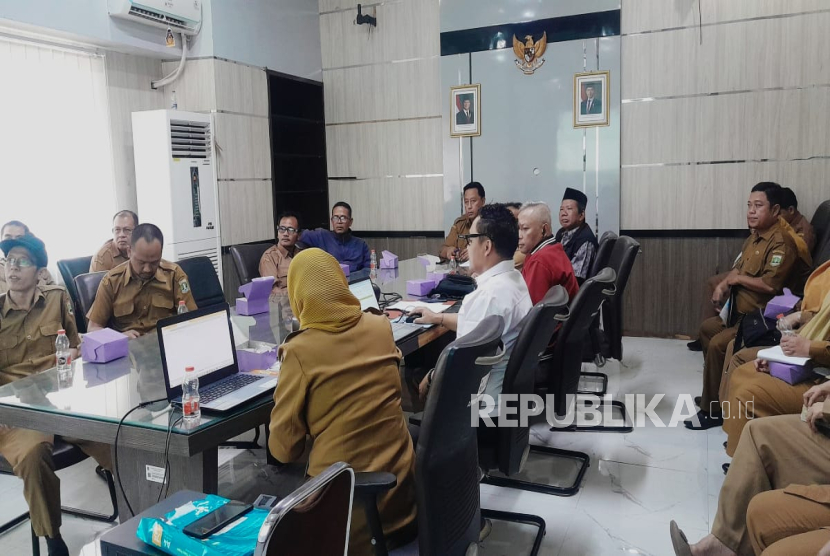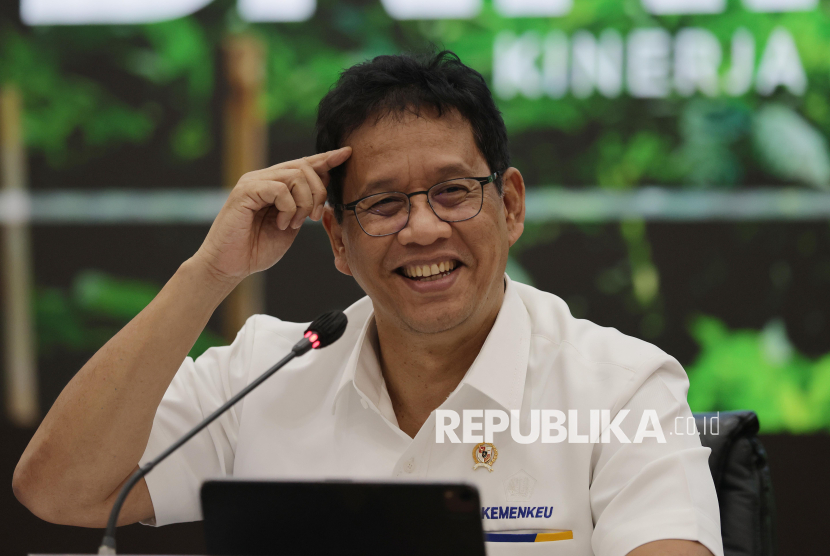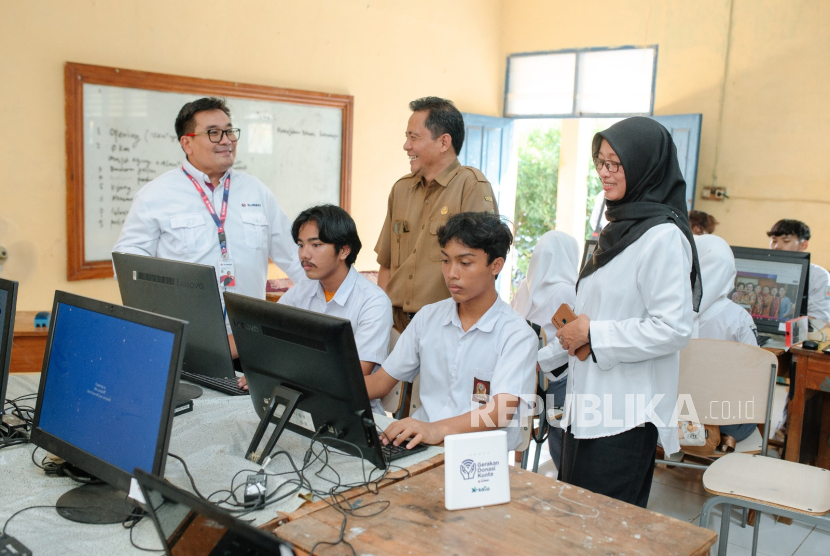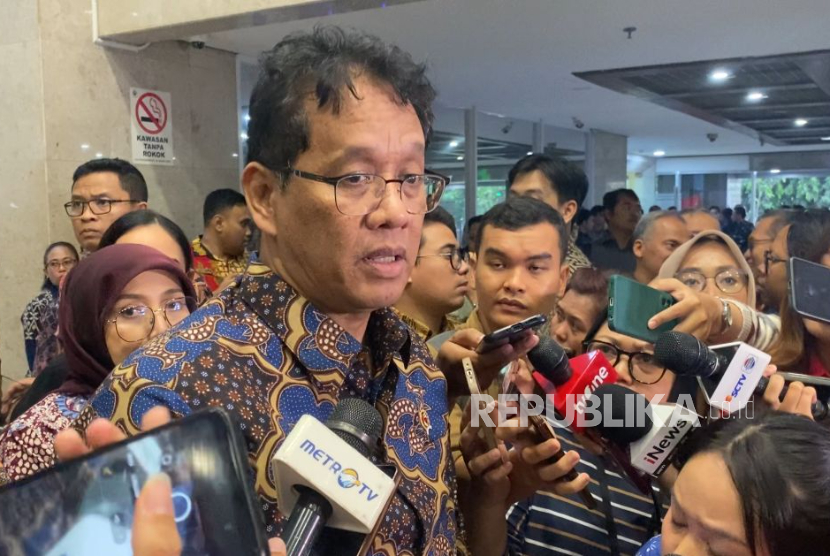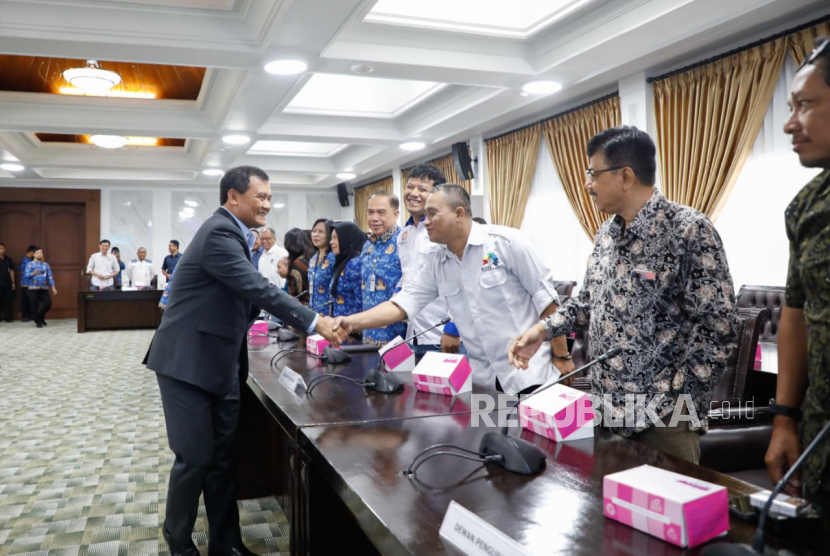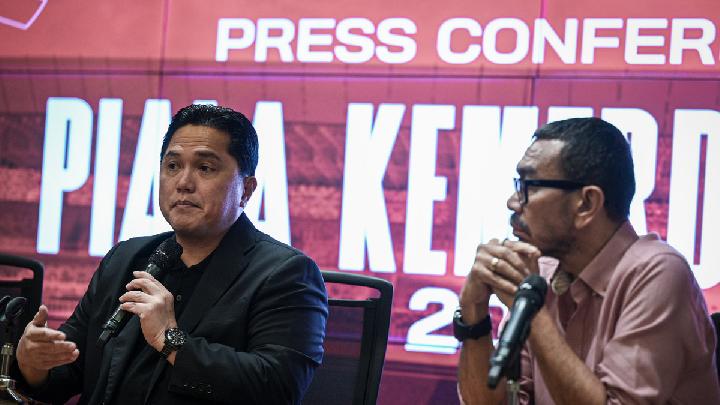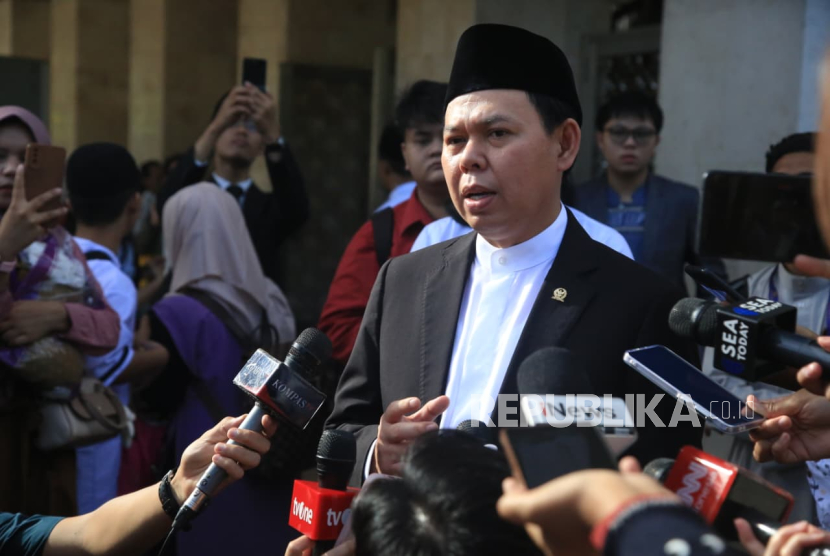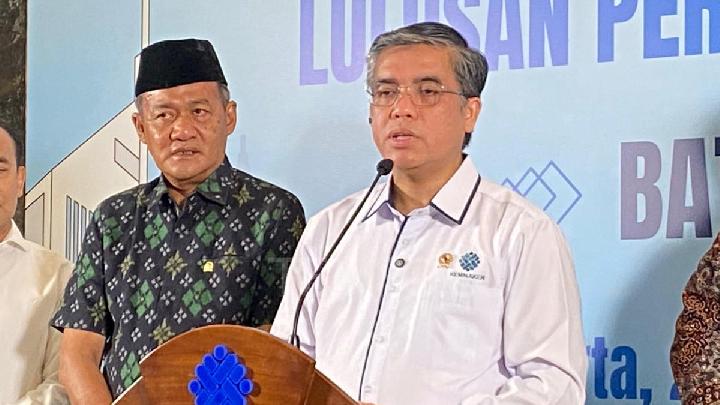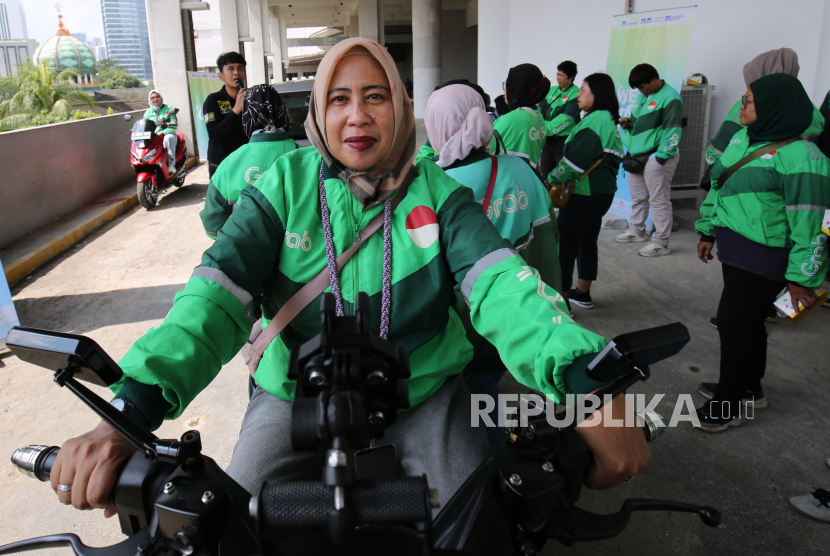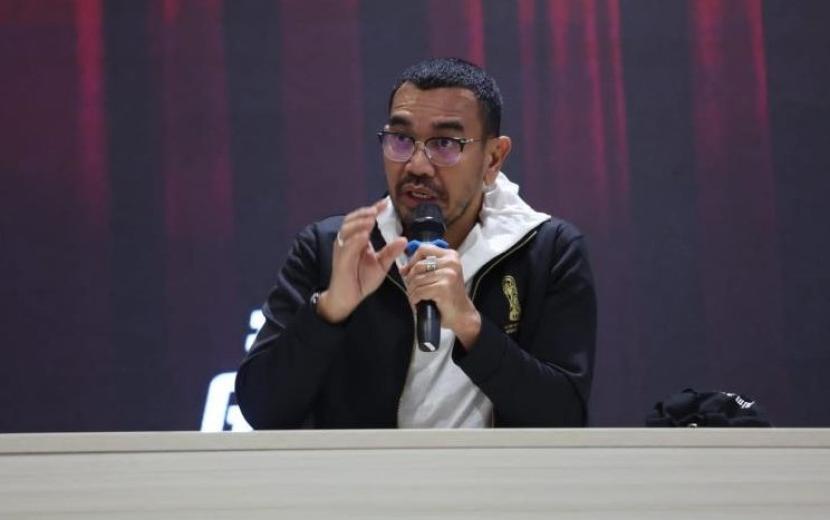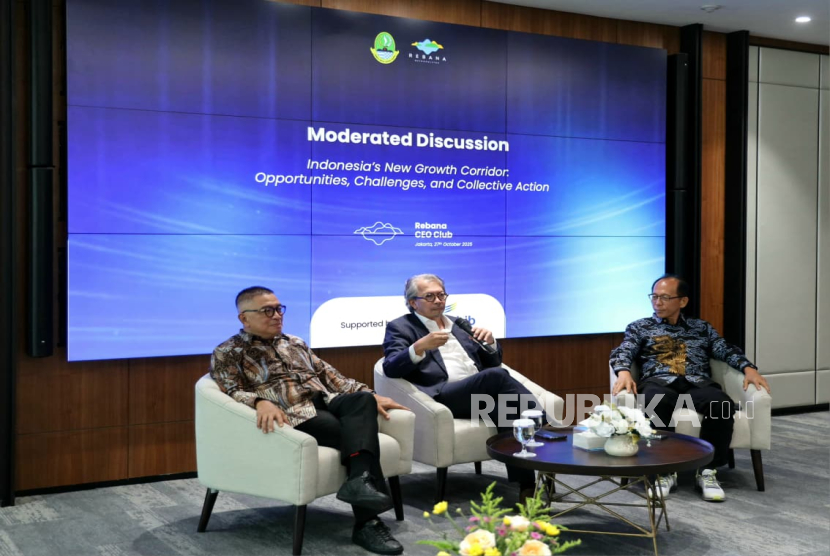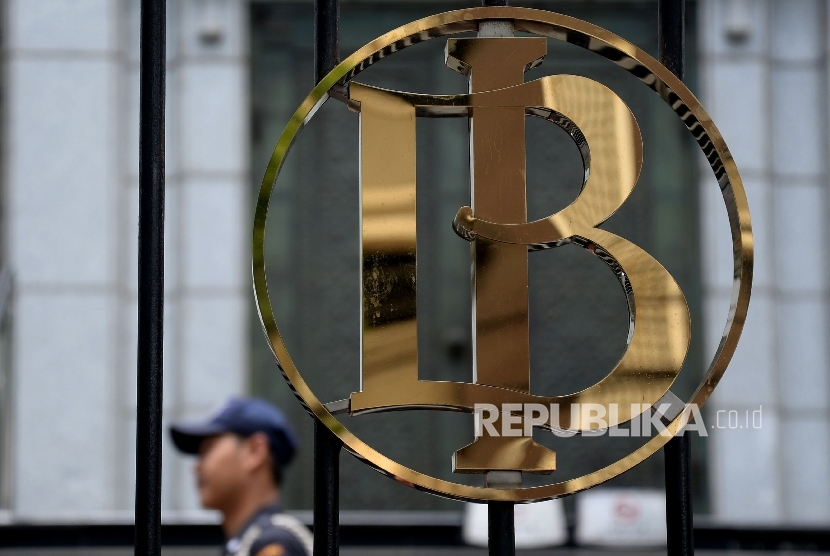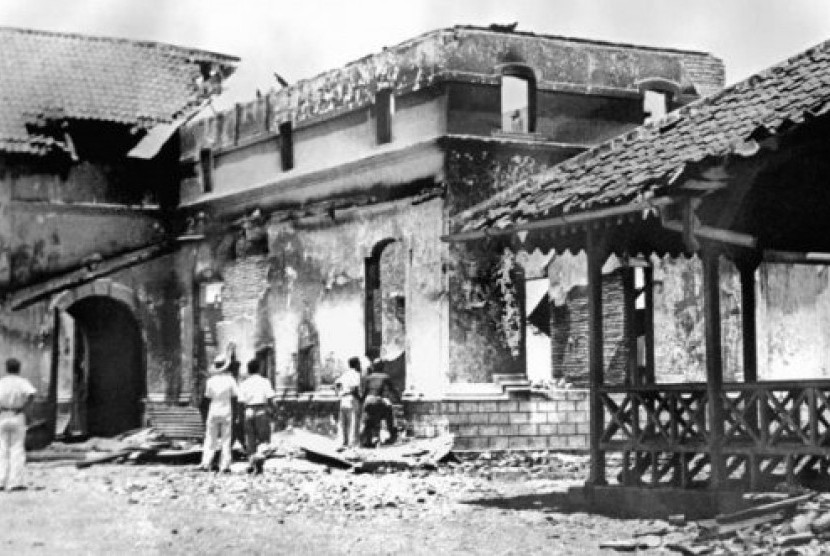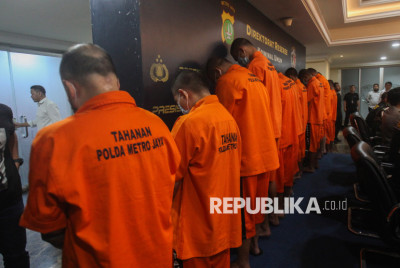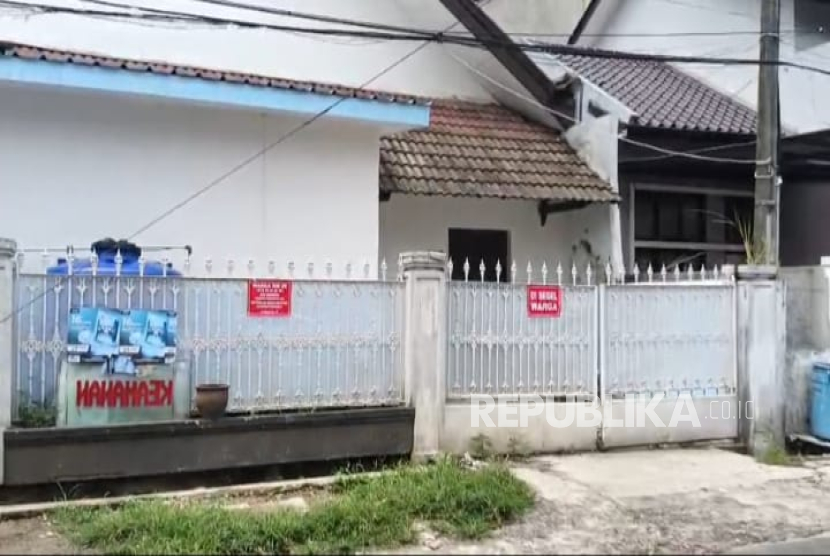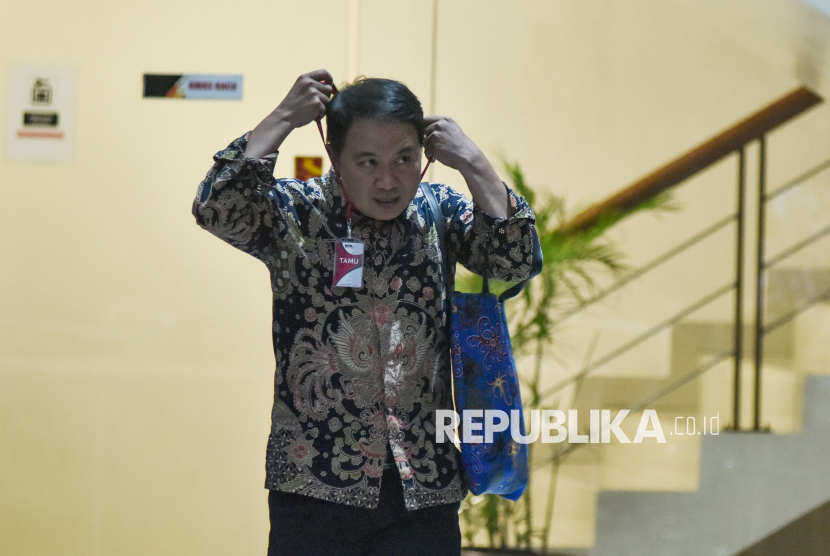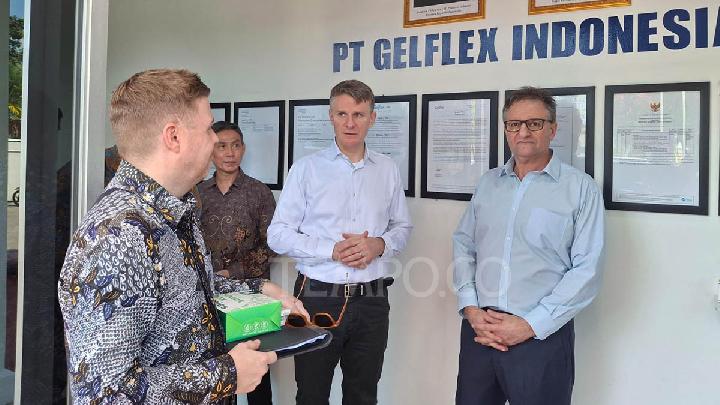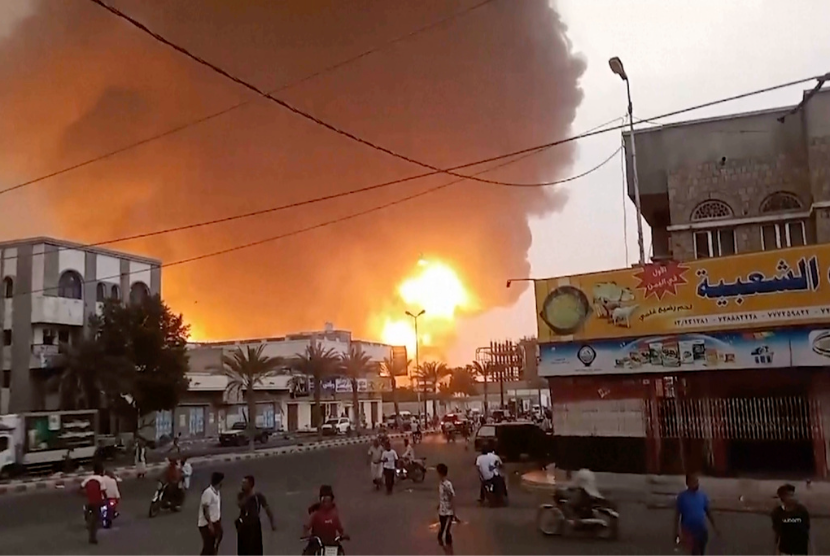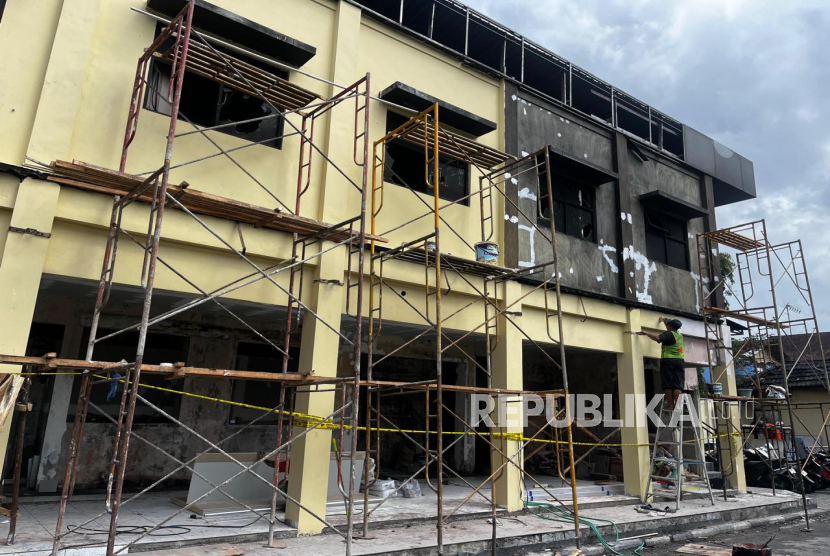TEMPO.CO, Jakarta - Deputy Minister of Energy and Mineral Resources Yuliot Tanjung revealed that funding has been a major challenge to nuclear power plant (NPP) construction in Indonesia. One nuclear plant unit costs US$3.8 billion in investments, or around Rp61.7 trillion, with a four to five-year development period.
Additionally, natural disaster risks are among the biggest concerns for nuclear plant construction. Therefore, the government is committed to tightening mitigation and supervision, as well as establishing international cooperation to ensure operational safety through the Nuclear Energy Regulatory Agency (BAPETEN).
"The government will pay full attention to strict mitigation and supervision, as well as international cooperation to ensure operational safety through BAPETEN," he said, quoted from a written statement on Monday, October 27, 2025.
"Nuclear Power Plant No Longer a Last Resort"
Despite facing significant challenges, Yuliot mentioned that the instruments to regulate NPPs in Indonesia are sufficient. He explained that Indonesia has had a vision for the development of nuclear energy since the early 1960s, which began with the construction of three research reactors: the Triga Reactor in Bandung (2 MW), the Kartini Reactor in Yogyakarta (100 kW), and the Serpong Reactor in South Tangerang (30 MW).
According to Yuliot, Indonesia also has strong legal basis for nuclear development, ranging from Law Number 10 of 1967 concerning Nuclear Energy, the National Long-Term Development Plan (RPJPN) 2025-2045, to Government Regulation (PP) Number 40 of 2025 concerning National Energy Policy.
In PP Number 45 of 2025, NPP is no longer a last resort option, but has been designated as an integral part of national energy planning. Indonesia targets the first nuclear power plant to be operational in 2032, with a total capacity of 44 gigawatts (GW) in 2060. Of that amount, 35 GW will be allocated for general electricity needs, while 9 GW for national hydrogen production.
According to the national energy roadmap, the share of nuclear energy in Indonesia's energy mix is projected to rise to 5 percent in 2030 and reach 11 percent in 2060. The construction of NPPs aligns with the second objective of the Asta Cita, which aims to strengthen national defense and security while promoting energy self-sufficiency, food, and water, as well as the development of a green and blue economy.
"NPPs are no longer considered a last resort option, but a strategic part of national energy planning towards Net Zero Emission 2060," said Yuliot.
Nuclear Power Plant Construction Deemed Not Strategic
Policy Strategist at the Sartika Foundation, Nur Shalati, believes that nuclear plant development is not a strategic option for Indonesia. She highlights three main factors: geographic risks, high costs, and limited domestic uranium reserves.
According to Shalati, nuclear plants are not financially feasible, as the cost is higher than the national base electricity price and may even require subsidies of up to Rp7.2 trillion per year.
Shalati estimates that Indonesia's measured uranium reserves are only sufficient to operate one NPP for six to seven years. After that, Indonesia would have to import nuclear fuel, potentially adding a budget burden of up to Rp3.52 trillion per year for a 4.3 gigawatt capacity project.
The geological factor is another concern. Indonesia is located in the active tectonic Pacific Ring of Fire. BMKG data records an average of 7,069 earthquakes per year during the period 2008-2022, with a significant hike in recent years. In 2024 alone, nearly 30,000 earthquakes were recorded, including 20 destructive ones.
Shalati also highlights the worsening impact of climate change. 2024 was recorded as the hottest year in history, with extreme temperatures that could disrupt the cooling system of NPPs. She points out that several European countries even temporarily closed their nuclear plants to prevent risks from extreme weather.
Indonesian Government Unruffled by Concerns
Despite receiving criticism, the government still sees nuclear energy as an integral part of the transition towards achieving net-zero emissions by 2060. Minister of Energy and Mineral Resources, Bahlil Lahadalia, stated that NPPs will not be built in one site, but scattered across several locations. The government is also preparing regulations and establishing the Nuclear Energy Program Implementation Committee (KP2EN) as the project operating agency.
According to Bahlil, the roadmap for nuclear power plant development has been prepared until 2034, with an initial capacity of 500 megawatts (MW) to be divided between Sumatra and Kalimantan, 250 MW each. He explained that the technology to be used is a Small Modular Reactor (SMR), which is more flexible and suitable for Indonesia's dispersed energy system characteristics.
"The concept is being discussed. Offers from several partner countries have been reviewed," said Bahlil at the Jakarta Geopolitical Forum in Jakarta on Tuesday, June 24, 2025.
Defara Dhanya contributed to the writing of this article
Editor’s Choice: Canada, Russia Keen to Develop Nuclear Plants in Indonesia, Minister Claims
Click here to get the latest news updates from Tempo on Google News


